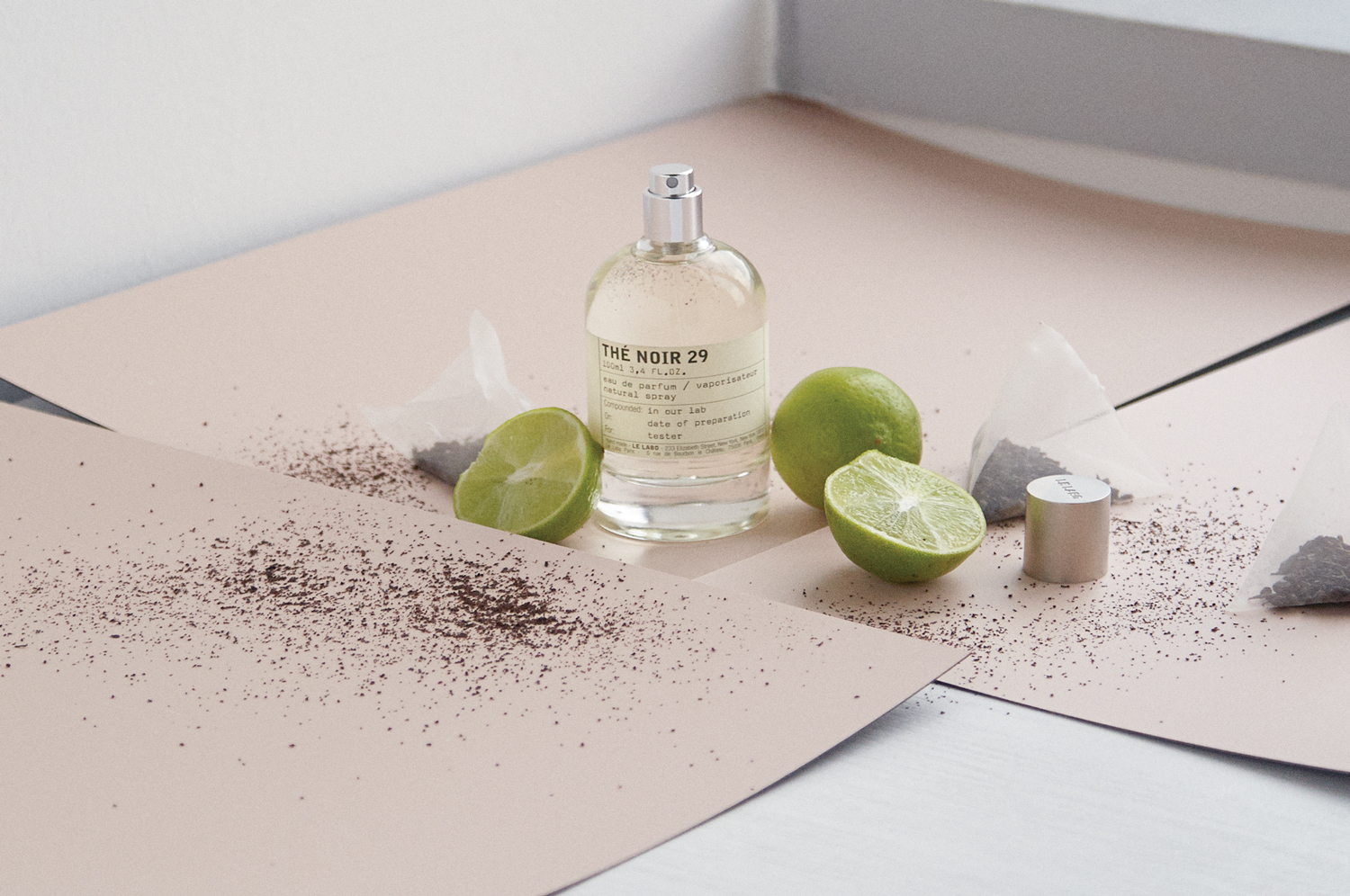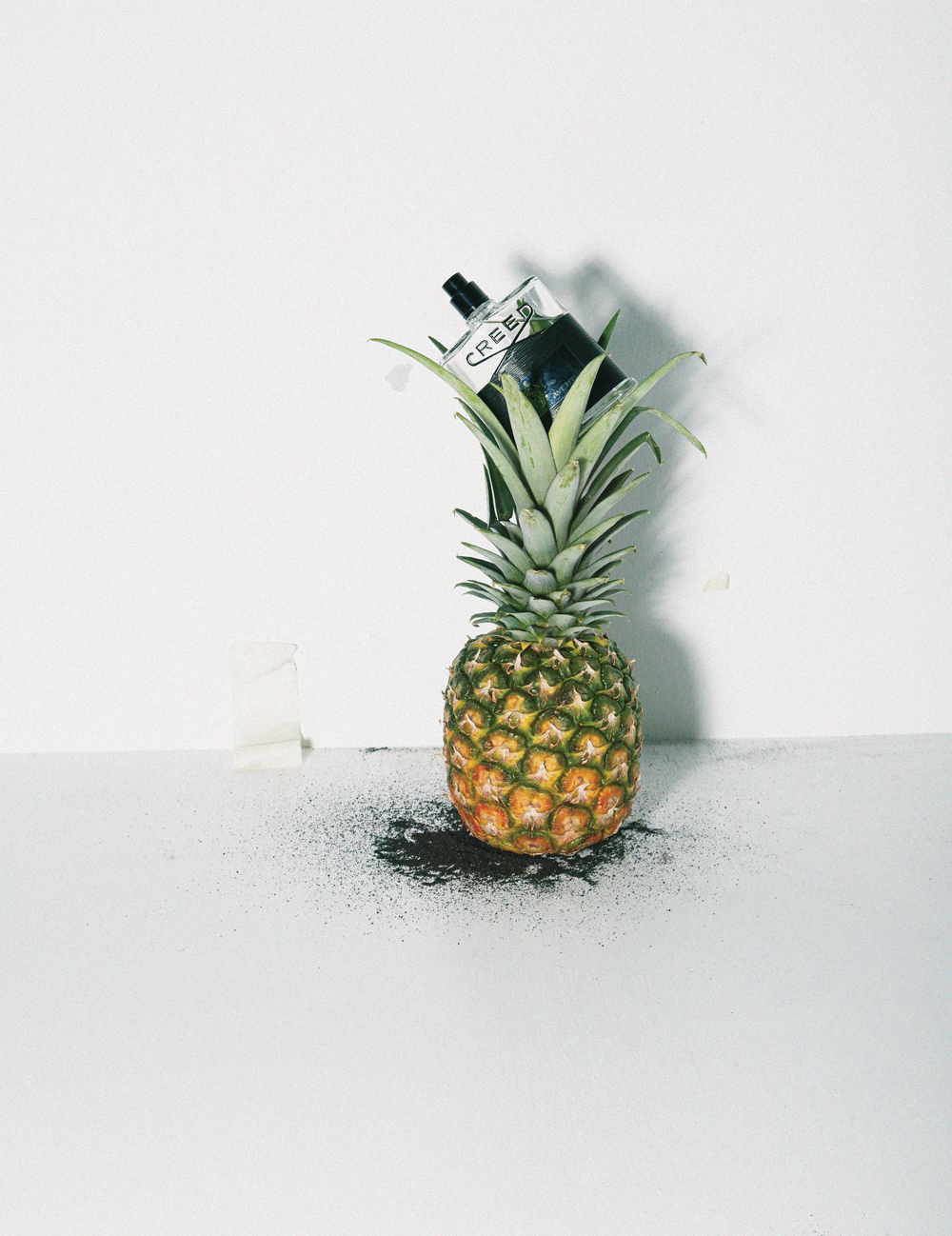Tacit
by Tan Qian Rou
by Tan Qian Rou
Basil oil, vetiver heart and yuzu accord: these are the key ingredients which define Australian skincare brand Aesop’s second fragrance. But ‘define’ doesn’t even begin to explain it. What does, however, is perfumer Céline Barel’s involvement. Tacit’s development starts some nine years ago, with an initial meeting in Paris. Over the course of those years, their correspondence culminated in Aesop’s proposal of a collaborative brief to Barel.
This was what they gave her: Pantone 363 C—a dark pastel green—a painting by Italian surrealist painter Giorgio de Chirico and the 2000 Wong Kar-Wai film In the Mood for Love. Barel extracted from these references a palette of natural scents, elements of surprise, slow seduction and fleeting love. A self-professed lover of art, literature and philosophy, Barel weaved these abstract ideas into the olfactory profile of Tacit, which she describes simply as a smell which is the colour green.
"All our knowledge begins with the senses, proceeds then to the understanding, and ends with reason."Immanuel Kant
If green were a scent, then arguably all Aesop products should smell green. Known for its scientific approach to product formulation, Aesop has its own scent signature, governed by various botanical ingredients. Certainly, Barel had this signature in mind during her composition. According to Aesop’s Head of Products and Research & Development Kate Forbes, Tacit was approached with the same rigour as its skincare range. Fresh basil gradually descends into a quiet, mellow woodiness, invoking the atmosphere of lush Mediterranean cliffs. Utilising only high-quality ingredients allows Tacit to interact with other Aesop products, and due to a similar olfactory DNA, an Aesop user’s unique arsenal of balms, gels and serums results in a highly personalised fragrance.
“You should try this on you, on your skin,” Forbes urges. The intended effect on the user, she reveals, is what gave Tacit its unique name. “It’s something that has been influenced by your past experiences, your memories. You could be thinking about the basil in your garden. Someone is thinking about a bit of perfume they’ve used in the past— it’s that unspoken understanding.” A tacit knowledge, an indescribable provocation built upon sensual experience and prior encounters.
In his masterwork, the 1781 Critique of Pure Reason, philosopher Immanuel Kant argues that we experience the world with sensory perception interpreted through prior concepts. The smell of green takes on a host of implications, such as freshness, calm and silence. Fragrance, as an art, is definitely Kantian. It relies heavily on the tacit, trading in suggestions, approximations and descriptions. This, the necessity of memory and translation, is what makes fragrance so intimate and personal. As Forbes reached over the table with a small vial of Tacit, this is what came to mind: somebody’s garden, a late-night kiss, the gentle knolls of Southern France. Comfort, a rainy morning, an eternal summer.




